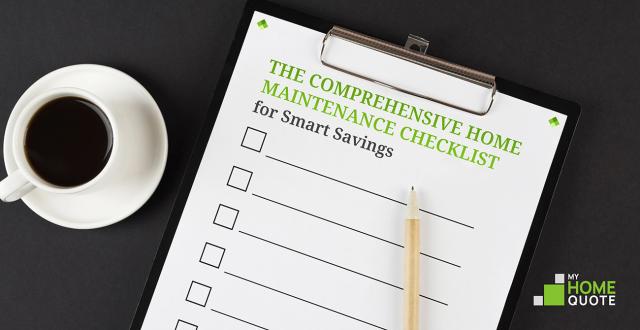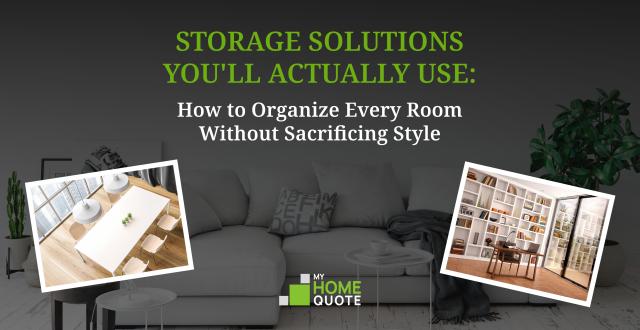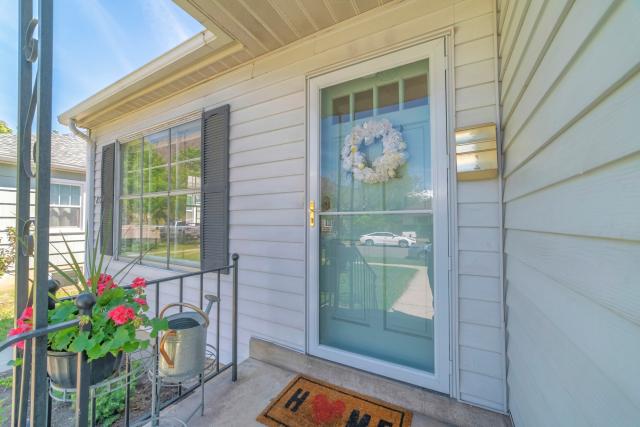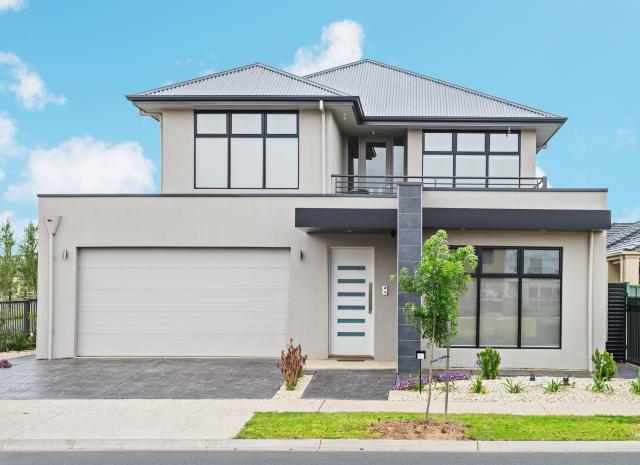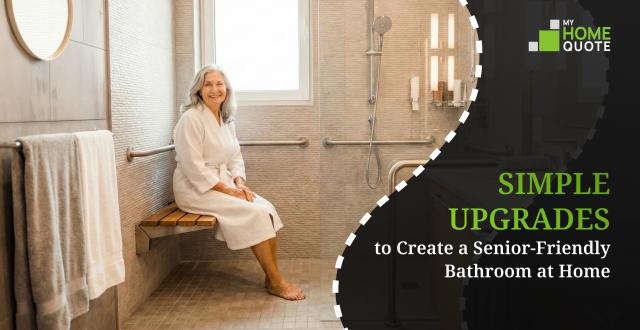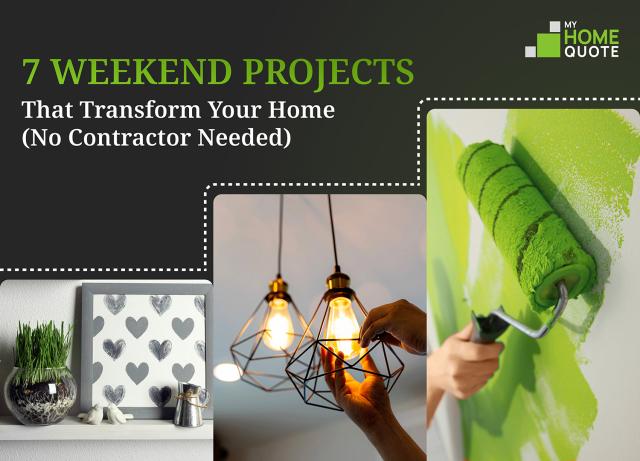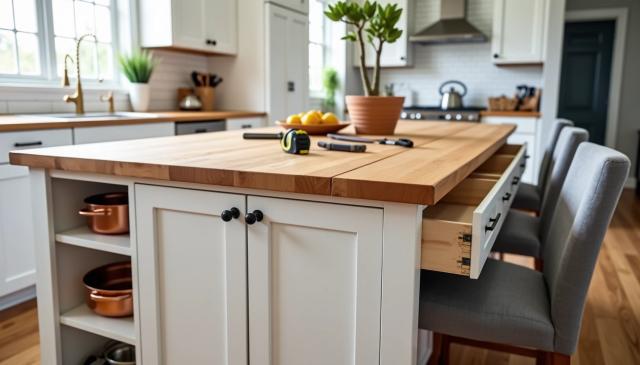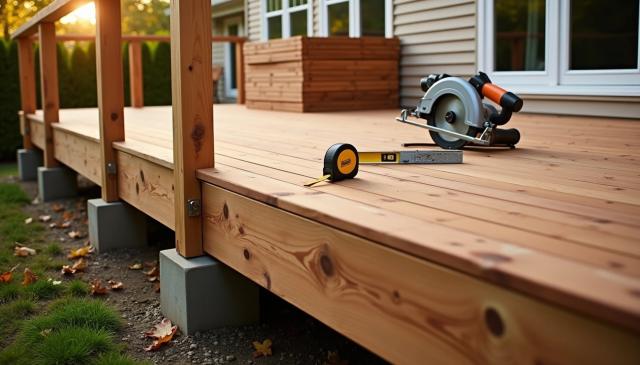How to Find a Good Contractor for Your Remodel
Planning any changes to your home, from a simple update to a complete remodel, comes down to finding the right contractor. Whether you want to add space, fix a few things, or rebuild from the ground up, you soon reach a point wher...


